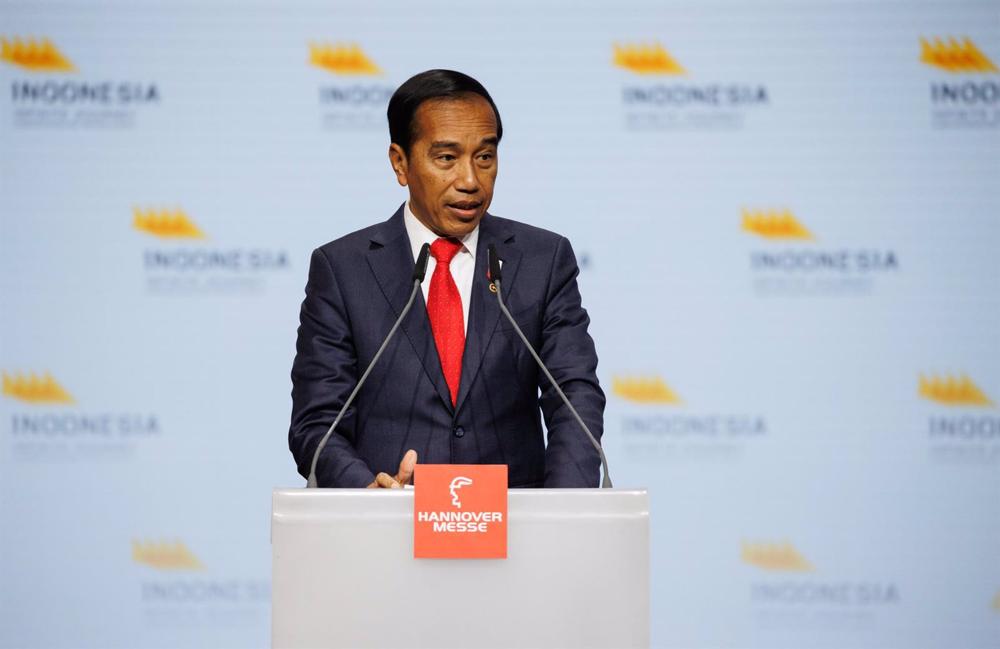
The U.S. Securities and Exchange Commission (SEC) has proposed a reform of the rules that apply to open-end mutual funds that would require them to hold ten percent of their portfolio in highly liquid assets to cope with potential capital outflows in times of market stress.
Open-ended mutual funds are those in which investors can enter or exit on a daily basis. This freedom can lead to liquidity problems and affect both the investors who hold and the capital markets or the overall economy, SEC Chairman Gary Gensler has explained.
Currently, open-end mutual funds that are not money market funds or exchange-traded funds must classify their investments into four liquidity categories. The SEC’s proposal involves modifying this system by including «minimum standards» for considering an investment within each category.
«These changes are designed to help better prepare funds for stressful conditions and to prevent them from overstating the liquidity of their investments,» the SEC said in a statement.
On the other hand, the financial regulator has also proposed two modifications regarding pricing. On the one hand, it has opted to use a liquidity tool called ‘swing pricing’, whereby the costs of capital inflows or outflows will be allocated to investors who participate in such activities, instead of being distributed among the shareholders as a whole, which dilutes the investment of investors who remain in the fund.
On the other hand, investors’ sell or buy orders in a fund will have to be received by the fund, a transfer agent or a clearing agency at the time the daily price is set in order to receive that day’s price for that order. The SEC is confident that this system will prevent late trades and help improve order processing.






